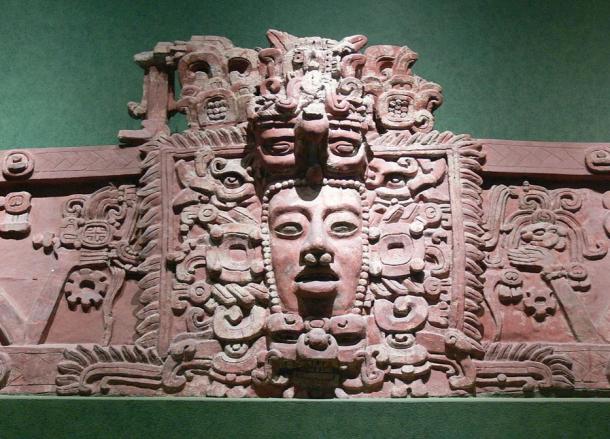

| Online: | |
| Visits: | |
| Stories: |

| Story Views | |
| Now: | |
| Last Hour: | |
| Last 24 Hours: | |
| Total: | |
Sacred Calendars and New Years: Cycles of Time and Ages

The global holiday of a new year symbolizes all we have experienced for the duration of the year, and all our hopes and dreams for the year ahead. Such observances date back over 4,000 years, often in conjunction with the solstices and equinoxes that marked the cycles of natural seasons.
In ancient Mesopotamia, the celebration of a new year over 4,000 years ago might have taken place on the Spring Equinox, in the middle of March, a date also revered throughout the Middle Ages. Egyptians began their new year with the Autumnal Equinox, and Greeks with the Winter Solstice. Ancient Romans dedicated the day to the god of beginnings (as well as doors and gateways), Janus, for which the month of January is named. The Chinese New Year coincides with the first day of the lunar calendar, usually falling between January 20th and February 20th. No matter which date chosen, the emphasis was, and still is, on the importance of the cycles of time and the ends and beginnings they symbolize.
The World Ages of the Mesoamericans

Maya mask. Stucco frieze from Placeres, Campeche. Early Classic period (c. 250 – 600 AD) (CC BY-SA 3.0)
www.Ancient-Origins.net – Reconstructing the story of humanity’s past
Source: http://www.ancient-origins.net/history-ancient-traditions/sacred-calendars-and-new-years-cycles-time-and-ages-005248


